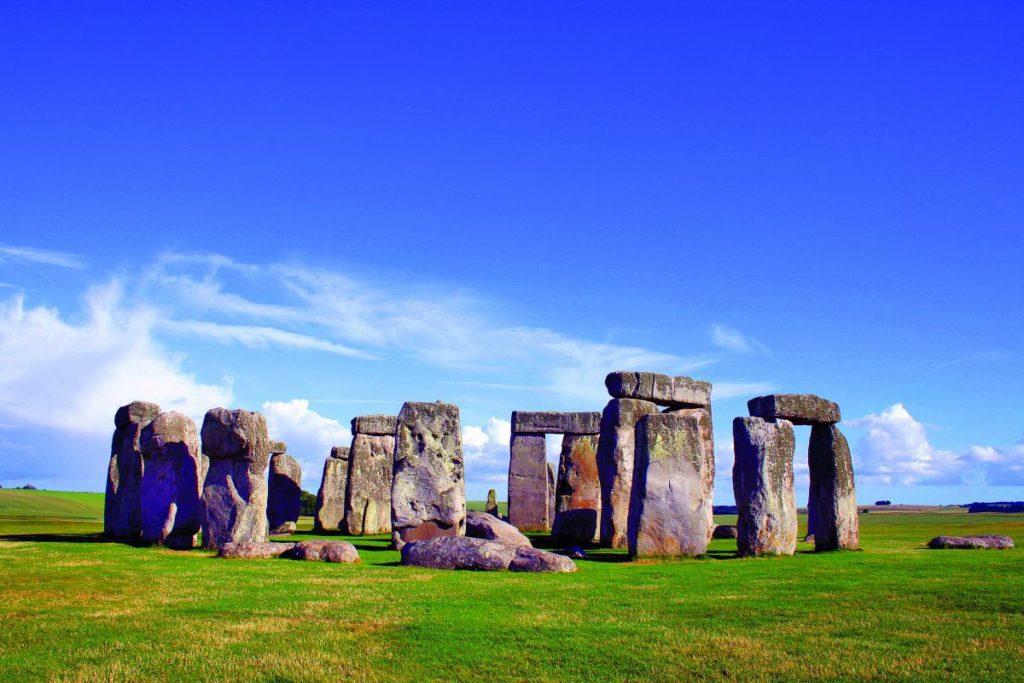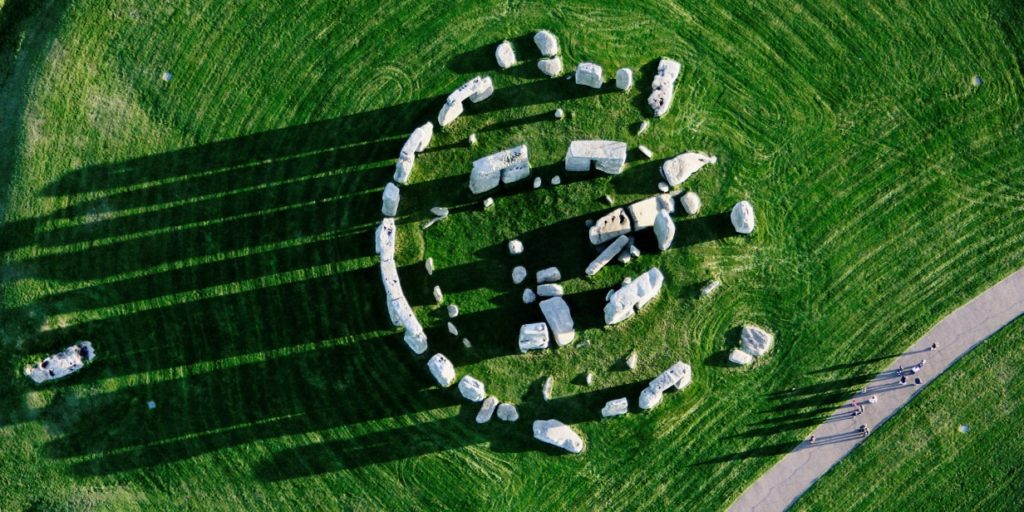What is Stonehenge? Stonehenge is the biggest mystery hidden in stone.
The stone giant stands near the city of Salisbury in Wiltshire. The age of the monument is more than 140,000 years. It consists of various stone blocks and slabs that form a circle within a circle, surrounded by a ditch. The stones were brought from different places, and their transportation required great effort and took a lot of time. If you look at Stonehenge from the outside, you can see 56 burial holes, which are called "Aubrey holes" in honor of the scientist who found them.

Not far from the entrance there is a seven-meter stone, which is called the Heel Stone. According to legend, a monk sat and cried in the place where the stone is now. The devil saw this and threw a stone at him. Before the monk managed to escape, his heel was crushed by the stone. Inside the main ring there were two more circles of blue stone slabs, which were later lost. There are many myths about the construction of Stonehenge. The most important one is that it tells us that Merlin built it all.

The builders could have been the ancient Romans. This was suggested by the architect I. Jones, who lived during the Renaissance. During the Middle Ages, it was assumed that the Swiss or Germans were engaged in construction. The 19th century left us with an assumption about the Druids. Who used this place for their rituals and various celebrations. It is believed that various power flows are located under the megalith. Which is what attracted the Druids to this place.

A giant observatory is another possible intended purpose. It was also imagined as a giant navigation system. This is the conclusion reached by the English writer and historian Tom Brooks. The system was clearly made up of isosceles triangles connected to each other.

Nowadays, scientists assume that Stonehenge was used as a tomb for a certain pagan queen. As evidenced by the burials found. It is possible to say with certainty that a deep meaning was laid during construction. It is not for nothing that ancient people broke off pieces of stones and carried them away as amulets. Stonehenge consists of a large number of stone blocks of different sizes and weights. Some of them weighed 25 tons, and others all 50.

The construction could have taken place in 2000 BC. This assumption was made by ancient scientists. According to them, Stonehenge was used to observe the Moon and the Sun. Modern scientists assume that the construction was carried out in three stages. The stones were different in appearance and composition. This gives us the right to consider different places for finding quarries for the extraction of stones.

Stonehenge could have been used to determine the solar year. But after computer inspection and modeling of the original appearance on the computer, it became clear that Stonehenge represents our galaxy with all the planets in cross-section. The model clearly indicated the presence of 12 planets in the solar system.

All megaliths have high seismic resistance. They stand on special platforms that dampened and reduced to nothing the tremors. Such platforms were installed under all ancient buildings. They prevented the soil from subsiding.
The debates and discussions about this large observatory have not subsided to this day. It can only be said that the ancient builders had extensive knowledge in various fields of science, which helped them build such a structure.
Scientists assume that similar structures can be found among the French. They also note that the ancient British clearly approached the choice of construction site with care and awareness.













